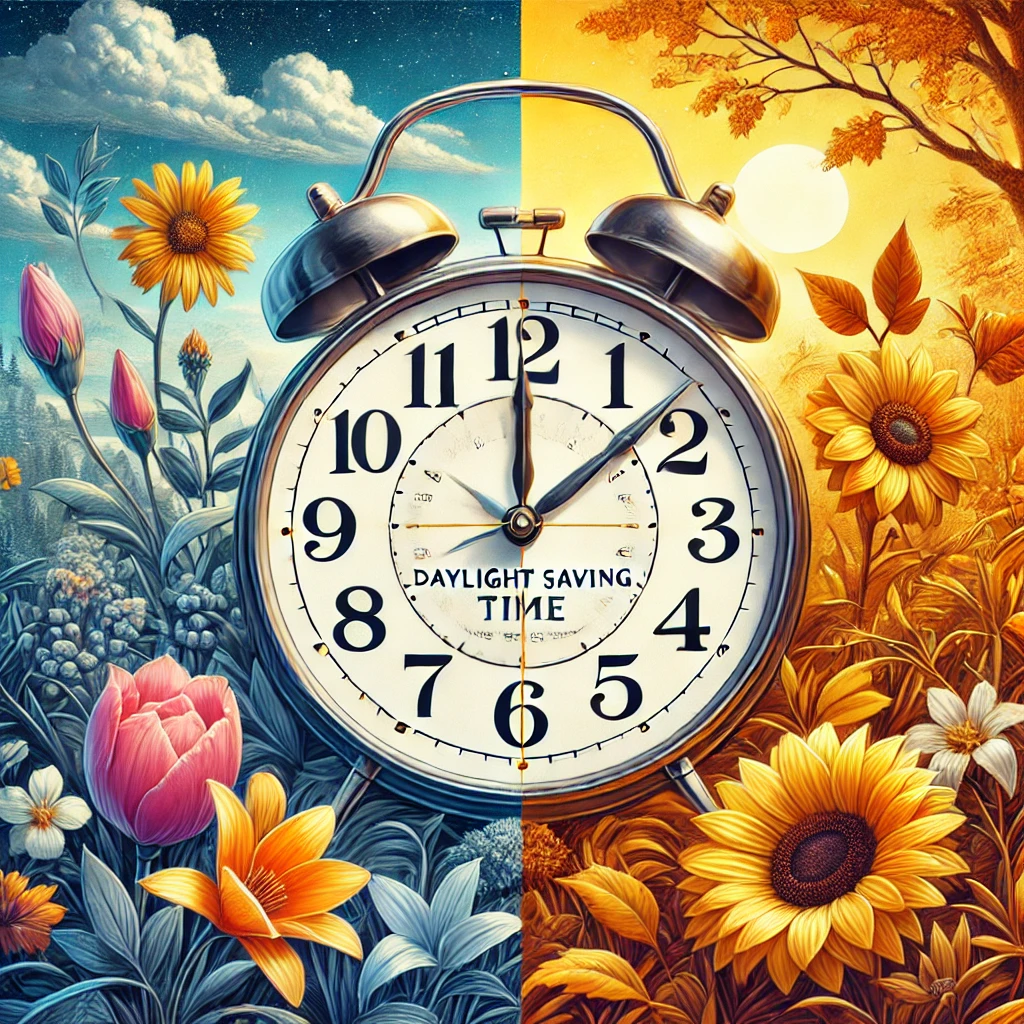
Daylight Saving Time (DST)—those three words spark sighs, complaints, and eye rolls every year. Twice annually, we either “spring forward” and lose a precious hour of sleep or “fall back” and find ourselves driving home in near darkness. For many, DST is more of a nuisance than a benefit, a practice that disrupts our routines and leaves us groggy and off-kilter for days. So why do we keep doing it? To understand, we need to dive into its history, the numbers behind it, and its impact on our daily lives.
The Origins and Historical Context of Daylight Saving Time
The concept of adjusting clocks to make better use of daylight is older than most people think. Benjamin Franklin, ever the innovator, jokingly suggested saving candle usage by getting people out of bed earlier in a letter to a Paris newspaper in 1784. But it wasn’t until World War I that the idea became a reality. Germany was the first country to implement DST in 1916, aiming to conserve energy by reducing the need for artificial lighting. The idea caught on quickly, with the United Kingdom and the United States following suit.
In the U.S., the Standard Time Act of 1918 brought DST into the picture, formalizing time zones and establishing the practice during the war. But it was far from a settled matter. After the war, DST was scrapped and reintroduced during World War II as “War Time” under President Franklin D. Roosevelt. The Uniform Time Act of 1966 finally standardized DST across the country, allowing states to opt in or out. This act marked the beginning of the practice as we know it today.
Modern Daylight Saving Time in the U.S.
In contemporary America, DST begins on the second Sunday in March and ends on the first Sunday in November. This timeline was extended under the Energy Policy Act of 2005, adding about four weeks to DST starting in 2007.
Not all states participate. Hawaii and most of Arizona opt out, along with U.S. territories like American Samoa, Guam, Puerto Rico, and the Virgin Islands. On a global scale, around 70 countries observe DST, including most of Europe, Israel, and parts of Australia. Major players like China, India, and Japan don’t bother with it at all.
Why Was Daylight Saving Time Adopted?

The original justification for DST was to save energy. The idea was that more evening daylight would reduce the need for household lighting and cut down on energy consumption. But as our energy needs have evolved, the savings from DST have become negligible. Modern energy consumption is driven by far more than just lights—air conditioning, heating, and electronics are much bigger factors today.
Recent studies have shown that the energy savings from DST are minimal at best, and some research suggests that it may even increase overall energy use in certain regions.
The Numbers: Statistics and Public Sentiment

DST isn’t just about convenience; it has real impacts on health, safety, and the economy. Let’s break down the statistics:
- Traffic Safety: Research published in the American Economic Journal highlighted a 6% spike in fatal traffic accidents in the week following the spring clock change. Sleep disruption leaves drivers drowsy and more prone to mistakes.
- Health Risks: Data from the University of Michigan shows a 24% rise in heart attacks on the Monday after the spring time shift. Similar increases are noted for strokes and mental health disturbances. The sudden clock change throws off the body’s circadian rhythm, which is no small thing; it’s essentially jet lag without the vacation.
- Public Opinion: If you feel like most people you know gripe about DST, you’re not alone. According to a YouGov poll, 63% of Americans want to get rid of the biannual clock changes. But public opinion is split on what to adopt—permanent DST for longer evenings or permanent standard time for brighter mornings.
Economic Impacts: Beyond Energy Savings
Economically, DST has both winners and losers. The barbecue industry alone reports an extra $100 million in sales during DST months, thanks to the longer evenings that encourage outdoor gatherings and grilling. Retailers and outdoor recreational businesses also see a boost in sales, as people take advantage of the extra daylight.
But there are downsides, too. Sleep-deprived workers are less productive, and that costs the economy millions. A groggy workforce, distracted driving, and the increased use of coffee shops for that extra jolt all add up.
Debates and Legislative Efforts for Reform
With so many mixed results, it’s no wonder that calls for reform are getting louder. The Sunshine Protection Act, introduced in recent years, seeks to make DST permanent. While the bill has passed in several state legislatures, it hasn’t become law at the federal level.
Europe, too, has its eye on change. A 2018 European Commission survey revealed that 84% of respondents favored doing away with the time change altogether. Yet, as of now, formal legislative steps are still pending.
The Health Toll: The Unseen Costs
We might joke about feeling “off” after the clocks change, but the health consequences are real. The American Academy of Sleep Medicine has called for permanent standard time, arguing that DST disrupts sleep patterns and increases risks for heart disease, mood disorders, and more.
A paper in the Journal of Sleep Research pointed out that the body’s circadian rhythm takes a hit with every time change, leading to poorer memory, lower cognitive function, and even increased workplace accidents.
What’s Next for Daylight Saving Time?
There’s no shortage of debate on the future of DST. Some experts argue for permanent DST, which would mean long, bright evenings year-round but darker winter mornings. Others push for permanent standard time, which aligns with natural daylight and is considered healthier by sleep specialists.
Daylight Saving Time may have started as a well-intentioned move to save energy, but its legacy is now complicated. The statistics tell a mixed story: a little economic gain, significant health risks, and a tired, divided public. With mounting evidence and public sentiment leaning towards change, it’s only a matter of time before DST is reexamined or reformed. Until then, remember to reset your clocks and brace yourself for that groggy Monday morning—it’s not going anywhere just yet.
Sources:
8 Surprising Facts About Daylight Saving Time
7 Things to Know About Daylight Saving Time | Johns Hopkins | Bloomberg School of Public Health
